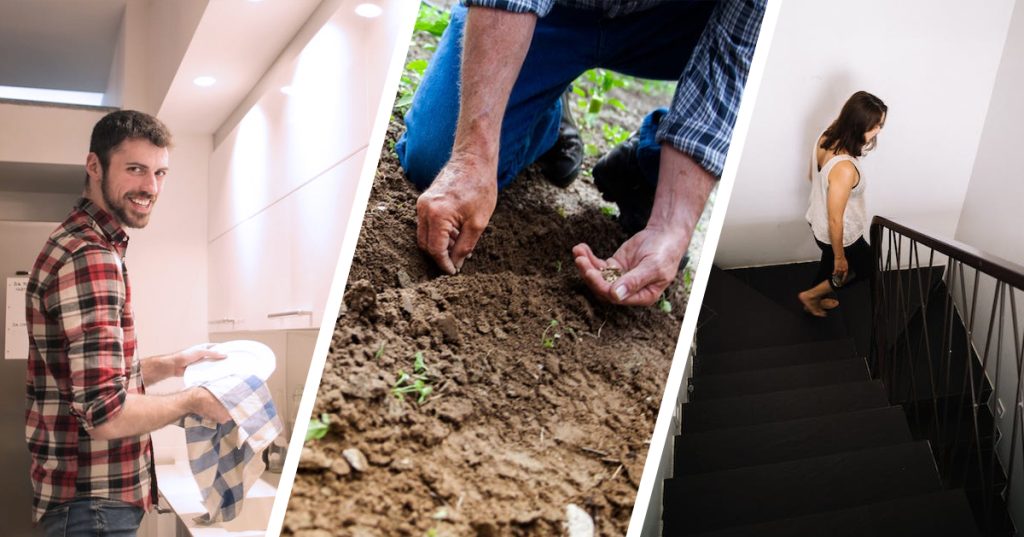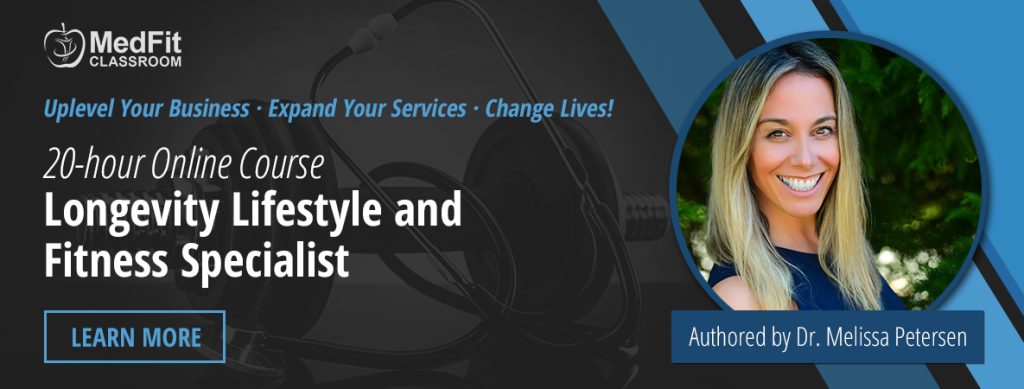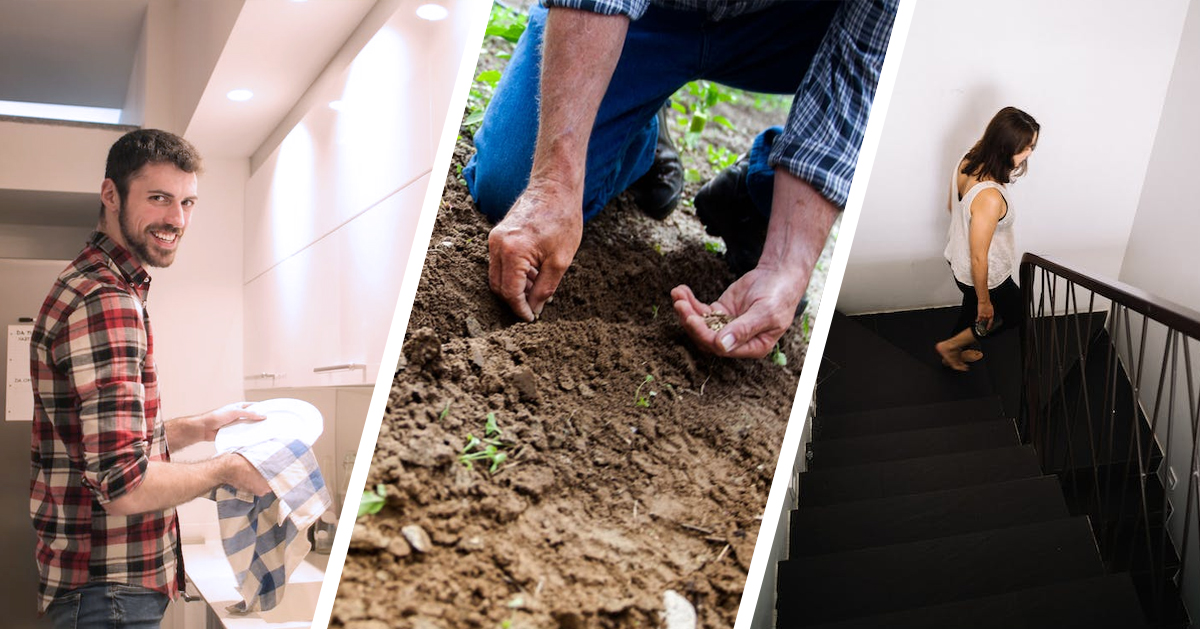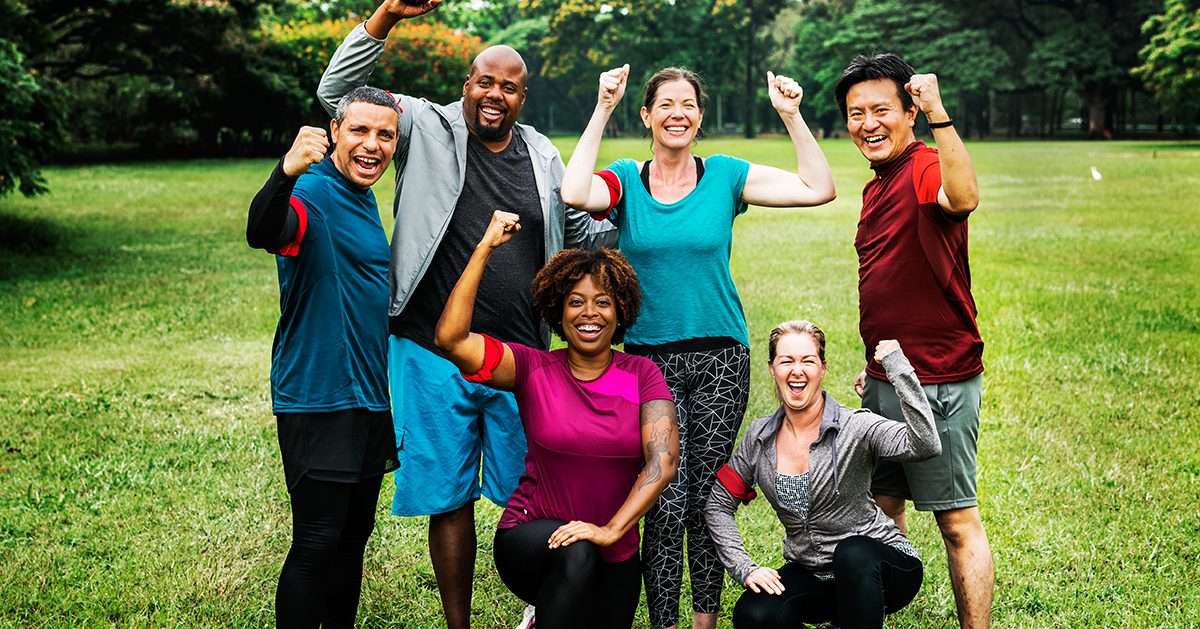The NEAT Movement Secret to Longevity
Do you want to live longer better without long hours spent in the gym and grueling workouts? If so, then get ready for this NEAT hack that will reveal a powerful form of simple and fun movements that can add years to your life and life to your years.
Recent research has shed light on an often overlooked aspect of energy expenditure known as non-exercise activity thermogenesis (NEAT). NEAT encompasses the calories burned through daily activities that are not classified as formal exercise. This article explores the findings of a study published in the Journal of Exercise Nutrition and Biochemistry, which highlights the impact of NEAT on all-cause mortality and its potential for promoting longevity.
Understanding Non-Exercise Activity Thermogenesis (NEAT)
NEAT represents the energy expended in activities such as fidgeting, standing, walking, and other forms of non-exercise movements. Unlike planned physical exercise, NEAT is the spontaneous, low-intensity physical activity that we engage in throughout the day. It includes activities like taking the stairs instead of the elevator, standing instead of sitting, or even simple actions like tapping our feet or drumming our fingers. While each of these activities may seem inconsequential on its own, their cumulative impact on energy expenditure and overall health should not be underestimated.

NEAT and Its Influence on Mortality
The study published in the Journal of Exercise Nutrition and Biochemistry aimed to examine the relationship between NEAT and all-cause mortality. The research involved a large-scale analysis of data from multiple studies and demonstrated a significant association between higher levels of NEAT and reduced risk of premature death. Participants with higher NEAT levels had lower mortality rates, independent of their engagement in structured exercise. This finding suggests that NEAT may play a vital role in promoting longevity and mitigating the adverse effects of sedentary behavior. Simple moments are the key to your life and health extension.
Mechanisms Behind NEAT’s Health Benefits
Several mechanisms explain how NEAT positively influences overall health and mortality. NEAT contributes to an increase in daily energy expenditure, which can help maintain energy balance and prevent weight gain. As obesity is a significant risk factor for many chronic diseases, NEAT’s role in weight management is crucial for reducing the incidence of conditions such as cardiovascular disease, diabetes, and certain types of cancer.
NEAT movement also impacts various physiological processes in the body. Studies have shown they influence insulin sensitivity, glucose metabolism, and lipid profiles, all of which play important roles in maintaining optimal health. And they have also been associated with improvements in cardiovascular health, including reduced blood pressure and improved arterial function.
Promoting NEAT in Daily Life
Given the potential benefits of NEAT, finding ways to incorporate more non-exercise activity into our daily routines becomes essential. Here are some practical suggestions to increase NEAT:
- Active transportation: Opt for walking or cycling whenever feasible instead of relying solely on motorized transportation.
- Standing breaks: Take regular breaks from sitting, especially if you have a sedentary job.
- Stand up, stretch, and move around for a few minutes every hour.
- Household chores: Engage in household chores like gardening, cleaning, or vacuuming. These activities provide an opportunity to increase NEAT levels while accomplishing necessary tasks.
- Desk exercises: Incorporate simple exercises like leg raises, shoulder rolls, or stretching into your work routine to break up prolonged sitting.
- Take the stairs: Avoid elevators and escalators whenever possible. Climbing stairs provides a valuable opportunity to engage in physical activity.
Take your pick, find as many ways to move through your day and enjoy just how NEAT it is to live longer better.
Take a deeper dive into longevity solutions that will help you & your clients feel better, perform better, and live better longer…
Check out Dr. Melissa’s Longevity Lifestyle and Fitness Specialist online course on MedFit Classroom!

Dr. Melissa Petersen is a THRIVE Catalyst For over 25 years, she has been a sought out leader in the fields of precision health and human longevity.
As the founder of the Human Longevity Institute, a TEDx Speaker, host of the Human Longevity Podcast, author of the best-selling book, the Codes of Longevity, an adjunct professor of continuing education at Life University, a clinical educator and advisory board member for Medfit and a scientific advisory board member for Awakend, she is dedicated to up-leveling flourishing across the planet,.
She is a true change agent, on a mission, to help people thrive by design as they unlock the potential within to live their longest, healthiest and most fulfilling life. To discover what is possible for you or to learn more about Dr. Melissa and the ways to connect, visit www.DocMelissa.com and www.HumanLongevityInstitute.com



